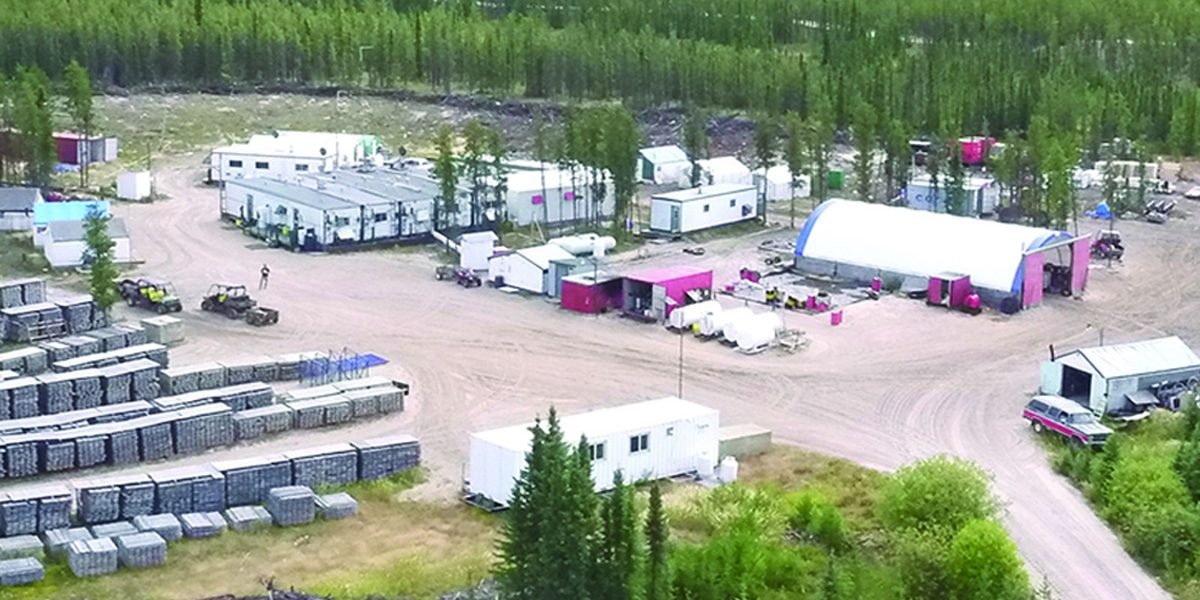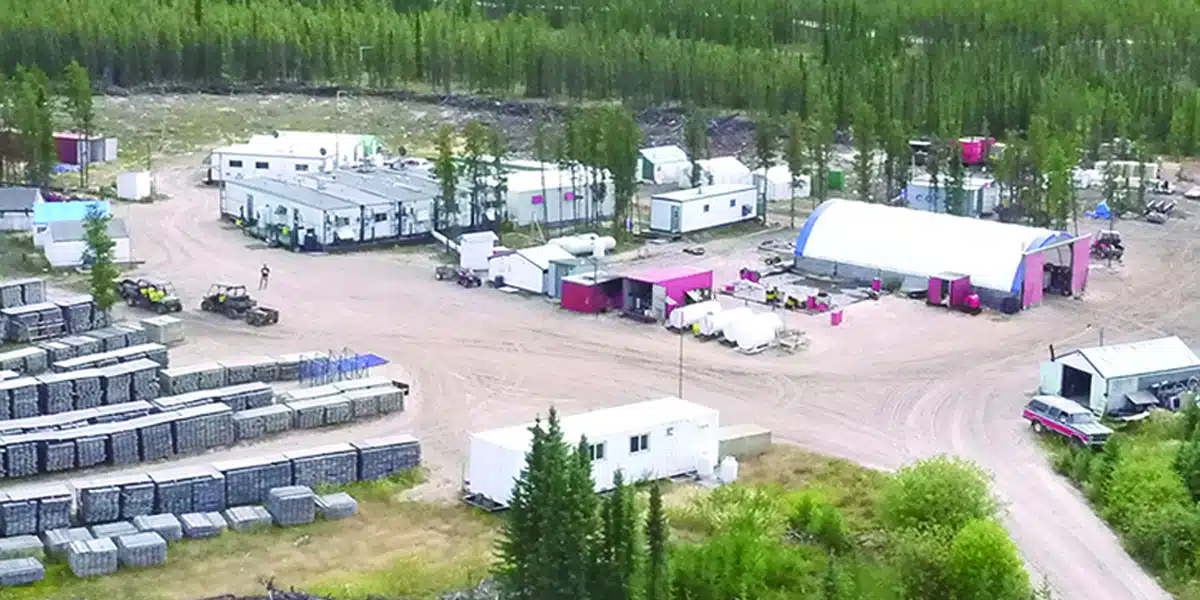Additional evaluation work has been planned for Denison Mines Corporation’s Saskatchewan uranium site in light of the results of its recently concluded study on the use of in-situ leach (ISL) mining methods.
Denison president and chief executive David Cates finds the results encouraging and will be conducting an additional evaluation with the support of its technical partner Orano Canada Inc.
Prior to this initiative, Denison already studied the use of ISL at the Phoenix uranium deposit at an early Saskatchewan project at its Wheeler River site. Since Wheeler River’s pre-feasibility study was completed in 2018, the company has assembled a skilled technical team who will evaluate the application of different ISL methods to the uranium deposits at the Athabasca Basin.
A Joint Initiative
The preliminary study for the midwestern initiative was done in 2022 and formally issued to the partners of Denison’s Midwest Joint Venture earlier this year. The partners have since given the company the go-signal to perform the evaluation and assess the potential use of ISL in the project.
25.17% of the Midwest Joint Venture is owned by Denison, while 74.83% is owned by Orano.
The site itself is around 25 kilometers from the McClean Lake Mill site, 22.5% of which is owned by Denison, and has two high-grade unconformity-hosted uranium deposits. The Midwest Main deposit has an estimated yield of around 39.9 million pounds at an average grade of 4% U308. The Midwest A site, on the other hand, has an estimated yield of around 10.8 million pounds with an average grade of 0.87% U308.
How Does ISL Work?
If Denison’s evaluation yields good results, this will be the first time that ISL techniques will be used in Canada. Throughout the rest of the world, however, more than half of the total production of uranium is mined using various ISL methods.
In general, ISL recovers minerals from ore by dissolving them onsite using a chemical called a lixiviant. This mining solution is injected into the ore zone by way of injection wells drilled into the site. The lixiviant is then pumped to the surface and the minerals are recovered from the uranium-rich solution that comes spilling out. Any residual lixiviant is then reused for production.
Such processes barely disturb the surface and do not lead to any wastage. Likewise, ISL is a more cost-efficient way of taking ore from the ground compared to either underground mining or open pit mining.
But even this set of methods poses a number of challenges. For one thing ISL requires specific geology, as the orebody needs to penetrated by the lixiviant. For another, it needs to be located away from natural groundwater sources to prevent cross-contamination.







